
Countee Cullen was an American poet, novelist, children's writer, and playwright, particularly well known during the Harlem Renaissance.
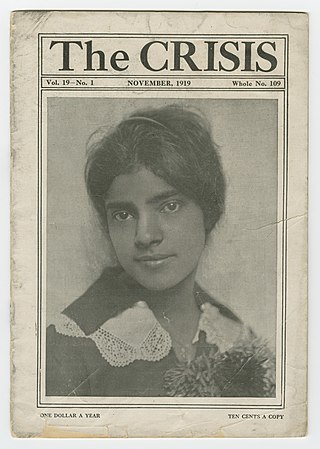
The Crisis is the official magazine of the National Association for the Advancement of Colored People (NAACP). It was founded in 1910 by W. E. B. Du Bois (editor), Oswald Garrison Villard, J. Max Barber, Charles Edward Russell, Kelly Miller, William Stanley Braithwaite, and Mary Dunlop Maclean. The Crisis has been in continuous print since 1910, and it is the oldest Black-oriented magazine in the world. Today, The Crisis is "a quarterly journal of civil rights, history, politics and culture and seeks to educate and challenge its readers about issues that continue to plague African Americans and other communities of color."

Carl Van Vechten was an American writer and artistic photographer who was a patron of the Harlem Renaissance and the literary executor of Gertrude Stein. He gained fame as a writer, and notoriety as well, for his 1926 novel Nigger Heaven. In his later years, he took up photography and took many portraits of notable people. Although he was married to women for most of his adult years, Van Vechten engaged in numerous homosexual affairs over his lifetime.

Arna Wendell Bontemps was an American poet, novelist and librarian, and a noted member of the Harlem Renaissance.
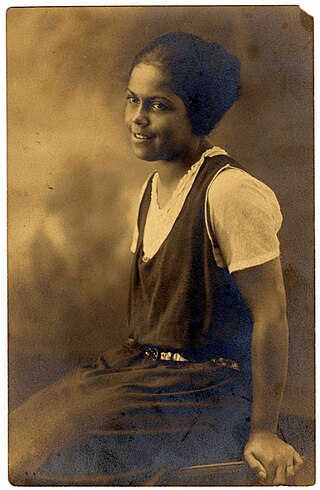
Gwendolyn B. Bennett was an American artist, writer, and journalist who contributed to Opportunity: A Journal of Negro Life, which chronicled cultural advancements during the Harlem Renaissance. Though often overlooked, she herself made considerable accomplishments in art, poetry, and prose. She is perhaps best known for her short story "Wedding Day", which was published in the magazine Fire!! and explores how gender, race, and class dynamics shape an interracial relationship. Bennett was a dedicated and self-preserving woman, respectfully known for being a strong influencer of African-American women rights during the Harlem Renaissance. Throughout her dedication and perseverance, Bennett raised the bar when it came to women's literature and education. One of her contributions to the Harlem Renaissance was her literary acclaimed short novel Poets Evening; it helped the understanding within the African-American communities, resulting in many African Americans coming to terms with identifying and accepting themselves.

Dorothy West was an American novelist and short-story writer associated with the Harlem Renaissance. She was one of the few Black women writers to be published in major literary magazines in the 1930s and 1940s. She is best known for her 1948 novel The Living Is Easy, as well as other short stories and essays, about the life of an upper-class black family.
William Lorenzo Patterson was an African-American leader in the Communist Party USA and head of the International Labor Defense, a group that offered legal representation to communists, trade unionists, and African Americans in cases involving issues of political or racial persecution.

Wallace Henry Thurman was an American novelist and screenwriter active during the Harlem Renaissance. He also wrote essays, worked as an editor, and was a publisher of short-lived newspapers and literary journals. He is best known for his novel The Blacker the Berry: A Novel of Negro Life (1929), which explores discrimination within the black community based on skin color, with lighter skin being more highly valued.

Richard Bruce Nugent, aka Richard Bruce and Bruce Nugent, was a gay writer and painter in the Harlem Renaissance. Despite being a part of a group of many gay Harlem artists, Nugent was among only a few who were publicly out. Recognized initially for the few short stories and published paintings, Nugent had a long productive career bringing to light the creative process of gay and black culture.
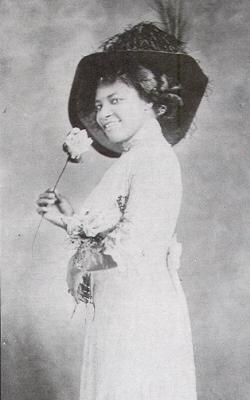
A'Lelia Walker was an American businesswoman and patron of the arts. She was the only surviving child of Madam C. J. Walker, popularly credited as being the first self-made female millionaire in the United States and one of the first African American millionaires.

The Harlem Renaissance was an intellectual and cultural revival of African American music, dance, art, fashion, literature, theater, politics and scholarship centered in Harlem, Manhattan, New York City, spanning the 1920s and 1930s. At the time, it was known as the "New Negro Movement", named after The New Negro, a 1925 anthology edited by Alain Locke. The movement also included the new African American cultural expressions across the urban areas in the Northeast and Midwest United States affected by a renewed militancy in the general struggle for civil rights, combined with the Great Migration of African American workers fleeing the racist conditions of the Jim Crow Deep South, as Harlem was the final destination of the largest number of those who migrated north.
African Americansin France are people of African-American heritage or black people from the United States who are or have become residents or citizens of France. This includes students and temporary workers.
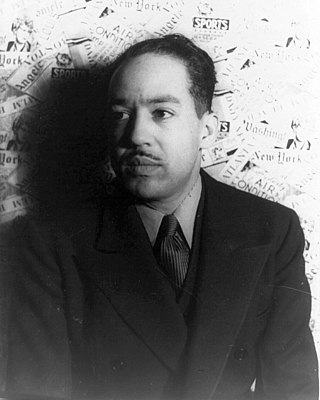
James Mercer Langston Hughes was an American poet, social activist, novelist, playwright, and columnist from Joplin, Missouri. One of the earliest innovators of the literary art form called jazz poetry, Hughes is best known as a leader of the Harlem Renaissance. He famously wrote about the period that "the Negro was in vogue", which was later paraphrased as "when Harlem was in vogue."
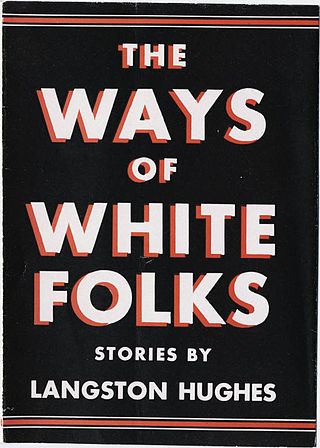
The Ways of White Folks is a collection of fourteen short stories by Langston Hughes, published in 1934. Hughes wrote the book during a year he spent living in Carmel-by-the-Sea, California. The collection addresses multiple dimensions of racial issues, focusing specifically on the unbalanced yet interdependent power dynamics between Black and White people. According to Hughes, the short stories are inspired either by his own lived experiences or those of others he encountered.

"The Negro Speaks of Rivers" is a poem by American writer Langston Hughes. Hughes wrote the poem when he was 17 and crossing the Mississippi River on the way to visit his father in Mexico. It was first published the following year in The Crisis, starting Hughes's literary career. "The Negro Speaks of Rivers" uses rivers as a metaphor for Hughes's life and the broader African-American experience. It has been reprinted often and is considered one of Hughes's most famous and signature works.
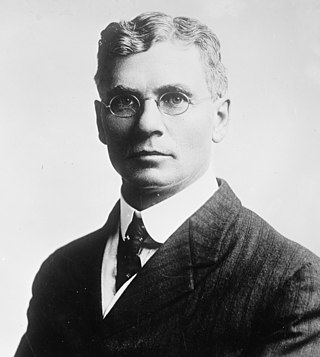
Arthur Paul Davis was an influential, African-American university professor, literary scholar, and the writer and editor of several important critical texts such as The Negro Caravan, The New Cavalcade, and From the Dark Tower: Afro-American Writers 1900–1960. Influenced by the Harlem Renaissance, Davis has inspired many African-Americans to pursue literature and the arts.
Songs of the Harlem River: Forgotten One Acts of the Harlem Renaissance is a collection of five one-act plays written between 1920 and 1930 by several African-American playwrights at the time including Marita Bonner, Ralf M. Coleman, Georgia Douglas Johnson, Willis Richardson, and Eulalie Spence. Also included are poems by Sterling A. Brown, Langston Hughes, and Jessie Fauset.
"Mother to Son" is a 1922 poem written by Langston Hughes. The poem follows a mother speaking to her son about her life, which she says "ain't been no crystal stair". She first describes the struggles she has faced and then urges him to continue moving forward. It was referenced by Martin Luther King Jr. several times in his speeches during the civil rights movement, and has been analyzed by several critics, notably for its style and representation of the mother.
"Harlem" is a poem by Langston Hughes. These eleven lines ask, "What happens to a dream deferred?", providing reference to the African-American experience. It was published as part of a longer volume-length poem suite in 1951 called Montage of a Dream Deferred, but is often excerpted from the larger work. The play A Raisin in the Sun was titled after a line in the poem.

The Sweet Flypaper of Life is a 1955 fiction and photography book by American photographer Roy DeCarava and American writer Langston Hughes. DeCarava's photos and Hughes's story, told through the character Sister Mary Bradley, depict and describe Black family life in Harlem, New York City, in the 1950s.















